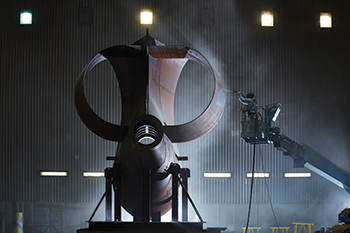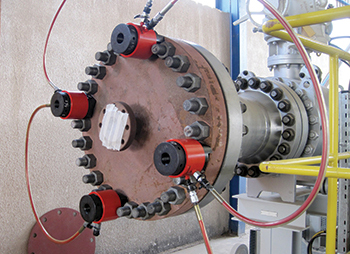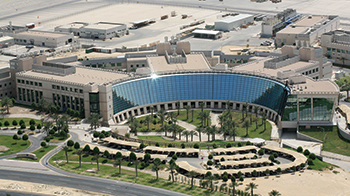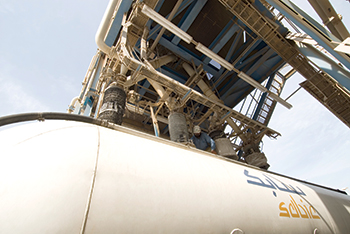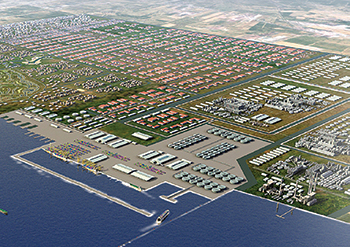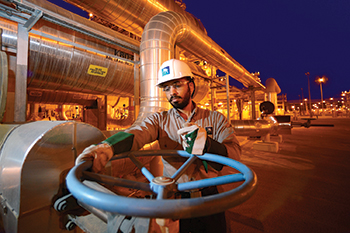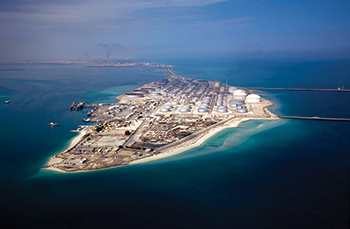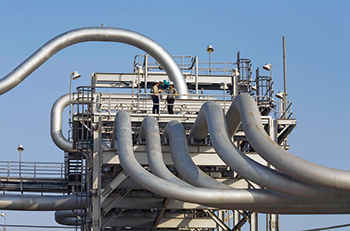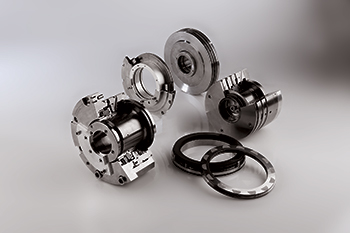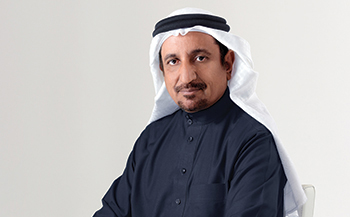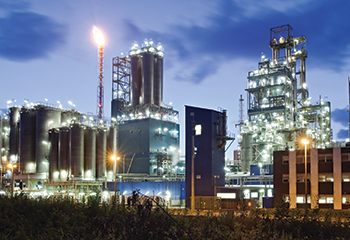.jpg)
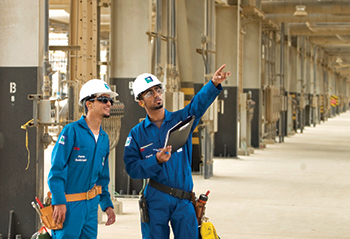 Aramco ... ‘seeks’ financing
Aramco ... ‘seeks’ financing
Aramco has been in discussion with Lanxess, with market talk that it might seek to buy a minority stake, of as much as 40 per cent, in the German chemical firm’s unit
Saudi Aramco is seeking a $10 billion revolving credit facility (RCF), fuelling speculation that it will buy its way into new markets.
Aramco is seeking to replace an undrawn $4 billion revolving credit facility with the much bigger financing. Aramco intends to draw from the new facility and could use it to finance acquisitions, says bankers. But the scale of the request has surprised some.
"This is a huge amount and would pay a ridiculously low price," says one loans’ official in London.
Four other loans bankers agreed, with a Middle East banker saying it would be "the most ridiculously priced loan in the market". But all four also say Aramco would likely achieve its target. In large part that was because the company is viewed as a proxy for the Saudi government.
"This is a very rare borrower," says a second loans banker in London. "When you speak of Aramco doing a deal you are talking about one that is even rarer than those you find in western Europe, such as Telecom Italia, where everyone just piles in. But Aramco will be priced even tighter."
Aramco is said to be self-arranging the new revolver, although JP Morgan is acting as adviser on the deal.
A key discussion point will be that, unlike with the existing arrangement, Aramco intends to draw on the $10 billion facility. However, it is not clear how much bargaining power bankers will have.
"Usually what happens is that Saudi Aramco goes to meetings with a sheikh and listens very politely to what the banks have to say about the deal," says the second banker. "And then they produce the prospectus, which is already written, and say that this is what they are going to do."
Aramco has been in discussion with Lanxess, with market talk that it might seek to buy a minority stake, of as much as 40 per cent, in the German chemical company’s synthetic rubber unit. But Russia’s NKNK is also says to be in talks with Lanxess, which had revenues of around €4.5 billion in 2014.
Aramco’s access to cheap raw materials could make it a natural partner for Lanxess in supplying the synthetic rubber used in car tyres. The link up would also suit Saudi Aramco’s ambitions of diversifying away from oil production toward chemicals and consumer products. Saudi Basic Industries Corp, the petrochemical firm, entered such a partnership with ExxonMobil in 1980.
It also makes sense for Aramco at a time when oil prices are so low. Crude hit a near six-year low of $45 a barrel last month, although it rose back to $62 this week.
Aramco already derives some 10 per cent of its revenues from the chemicals sector and says it plans to invest heavily in natural gas but also in alternative technologies such as solar over the next 10 years. In June 2013, Sadara Chemical Company, a joint venture between Aramco and Dow Chemicals, signed a SR39.375 billion ($10.5 billion) 12 year export credit agency facility. The largest petrochemical facility ever built in a single phase, the Sadara project is expected to produce 3.2 million tonnes of chemical products and looks set to bring its first products this year.
At the Global Competitiveness Forum in Riyadh, Aramco’s chief executive officer Khalid Al Falih said: "The company’s investments are deeply aligned with initiatives and programmes to diversify Saudi Arabia’s economy."



















































































